Invented by Geoffrey A. Von Maltzahn, John M. GEREMIA, DSM Nutritional Products LLC
Microbiome regulators are substances or products that aim to modulate the composition and activity of the microbiome. They can be used to promote a healthy microbiome, restore balance in a disrupted microbiome, or target specific conditions or diseases associated with microbiome dysbiosis.
One of the main drivers of the microbiome regulator market is the increasing awareness of the importance of a healthy microbiome. Research has shown that an imbalance in the microbiome can contribute to various health issues, including gastrointestinal disorders, metabolic diseases, autoimmune diseases, mental health disorders, and even certain cancers. As a result, there is a growing demand for microbiome regulators that can help restore and maintain a healthy microbial balance.
The use of microbiome regulators is not limited to human health. They also have applications in agriculture, animal health, and environmental management. In agriculture, for example, microbiome regulators can be used to enhance crop productivity, improve soil health, and reduce the need for chemical fertilizers and pesticides. In animal health, they can help prevent and treat diseases, improve digestion, and enhance animal performance. In environmental management, microbiome regulators can be used to restore ecosystems, remediate polluted environments, and promote sustainable practices.
Several types of microbiome regulators are currently available in the market. Probiotics, which are live microorganisms that confer health benefits when consumed, are one of the most well-known and widely used microbiome regulators. Prebiotics, on the other hand, are substances that selectively promote the growth and activity of beneficial microorganisms in the gut. Other types of microbiome regulators include postbiotics, which are metabolic byproducts of microorganisms, and synbiotics, which are combinations of probiotics and prebiotics.
The market for microbiome regulators is expected to continue growing at a significant rate in the coming years. Advances in microbiome research, coupled with increasing investment in the development of microbiome-based therapies and products, are driving this growth. Additionally, the rising prevalence of microbiome-related disorders and the growing consumer interest in personalized healthcare and natural products are further fueling the demand for microbiome regulators.
However, there are still challenges to overcome in this market. The complexity of the microbiome and its interactions with the host make it difficult to fully understand and manipulate. Regulatory hurdles and the need for more robust clinical evidence also pose challenges for the development and commercialization of microbiome regulators.
In conclusion, the market for microbiome regulators is expanding rapidly, driven by the growing understanding of the microbiome’s role in health and the increasing demand for personalized and natural healthcare solutions. With ongoing research and technological advancements, the potential applications of microbiome regulators in various industries are vast. However, further research, regulatory support, and clinical validation are needed to fully unlock the potential of microbiome regulators and ensure their safe and effective use.
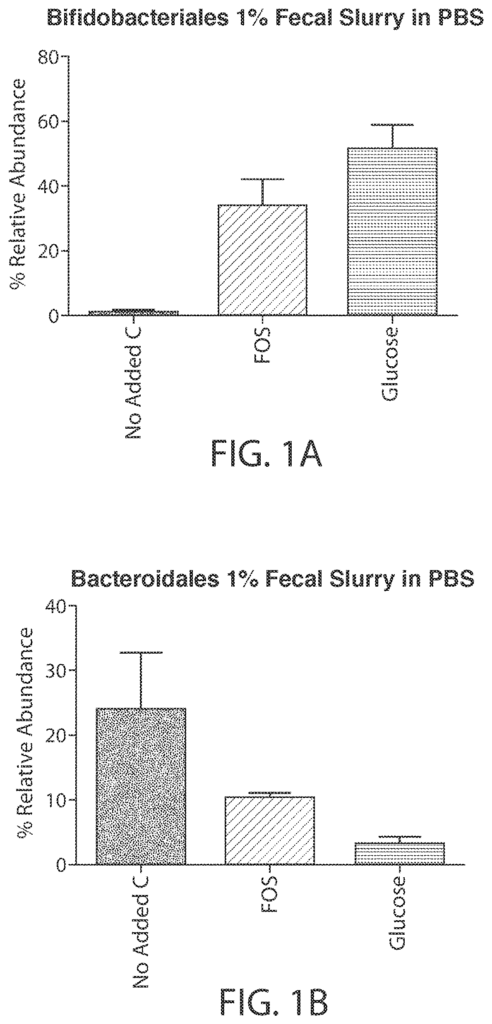
The DSM Nutritional Products LLC invention works as follows
The compositions that contain microbiome regulators, and the methods for using them to modulate the human microbiota, or to treat or prevent diseases, disorders or conditions related thereto, are described.
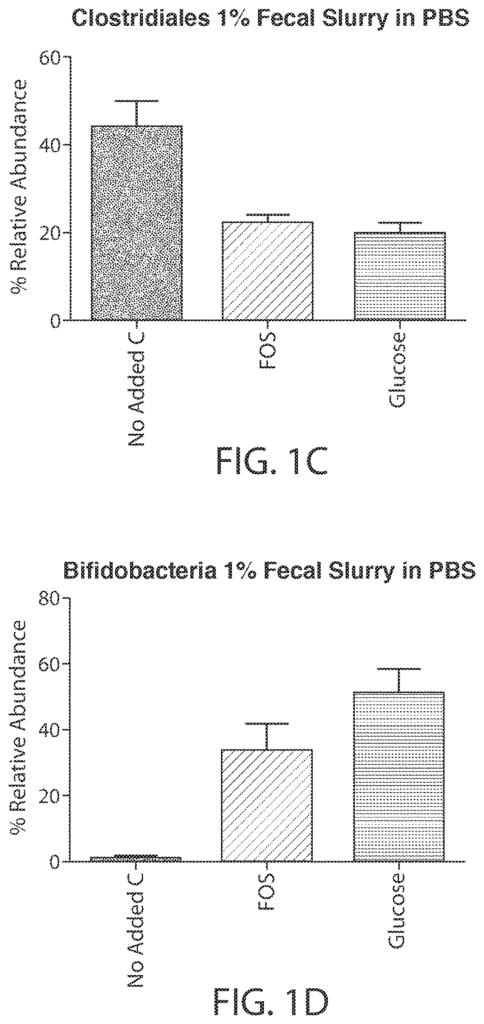
Background for Microbiome regulators, and their related uses
BREAKDOWN OF THE TEIE. DRAWINGS
Definitions
Microbiorne Regulators : Sugars and Sugar Alcohols
Preparation of Sugar and Sugar Alcohols
Microbiome regulators: Amino Acids Lipids Fatty Acids and Micronutrients”.
Methods for Modulating Microbial Taxa”.
Methods of Treatment.
Infectious Diseases
Inflammatory Diseases
Metabolic Diseases
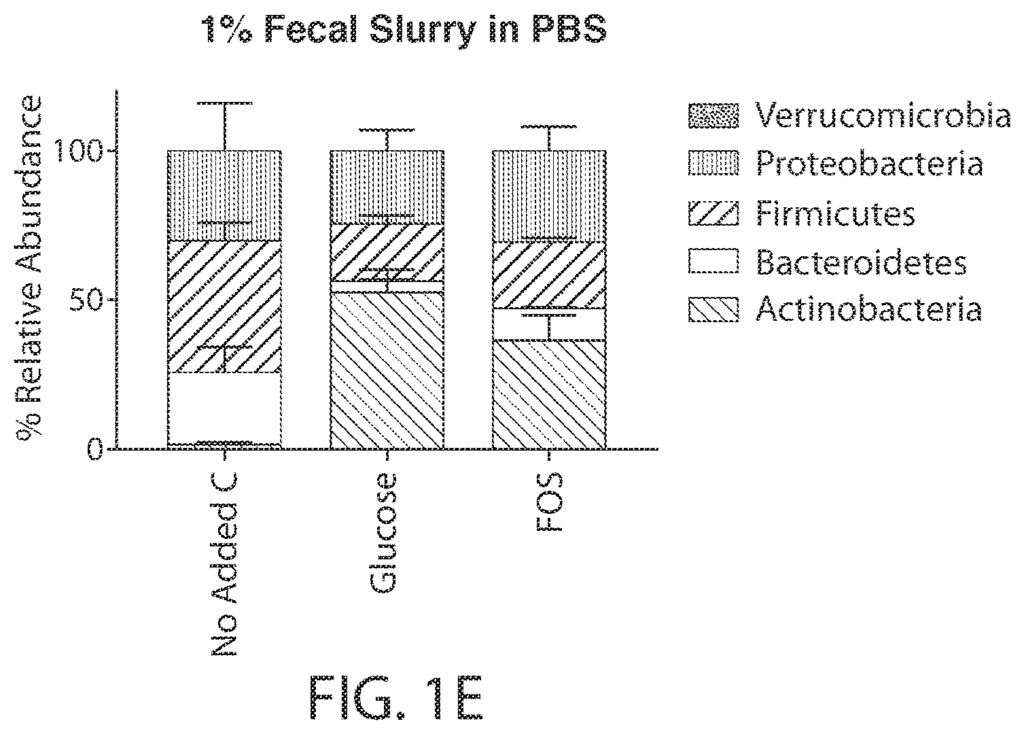
Cancer
Autoinurtune Diseases and Other Diseases”,
Drug or treatment-induced Digestive Abnormalities
Other Embodiments
Pharmaceutical compositions, medical foods, and dosage forms
Kits
Akministration” of Micmbiorne regulators
Identification of Microbial Constituenis (e.g Bacierial Constuenis)
Screening Microbiome Regulators
Protemic analysis of Microbial Populations
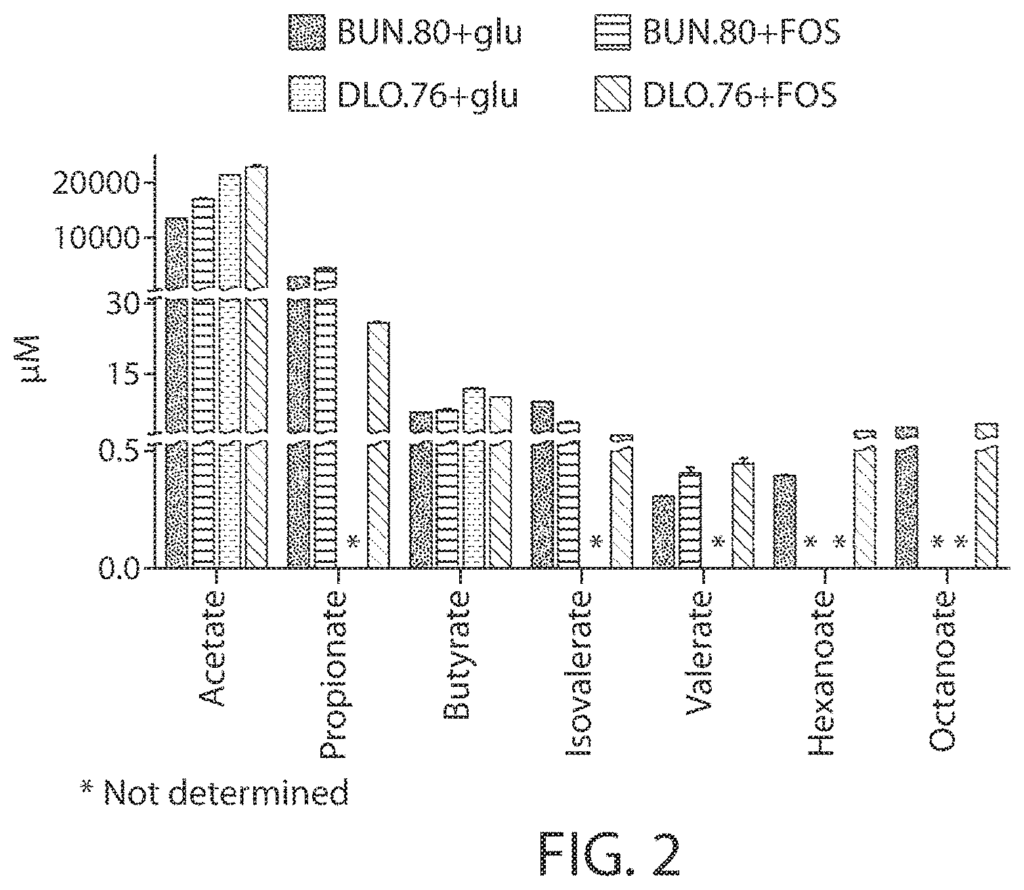
EXAMPLES
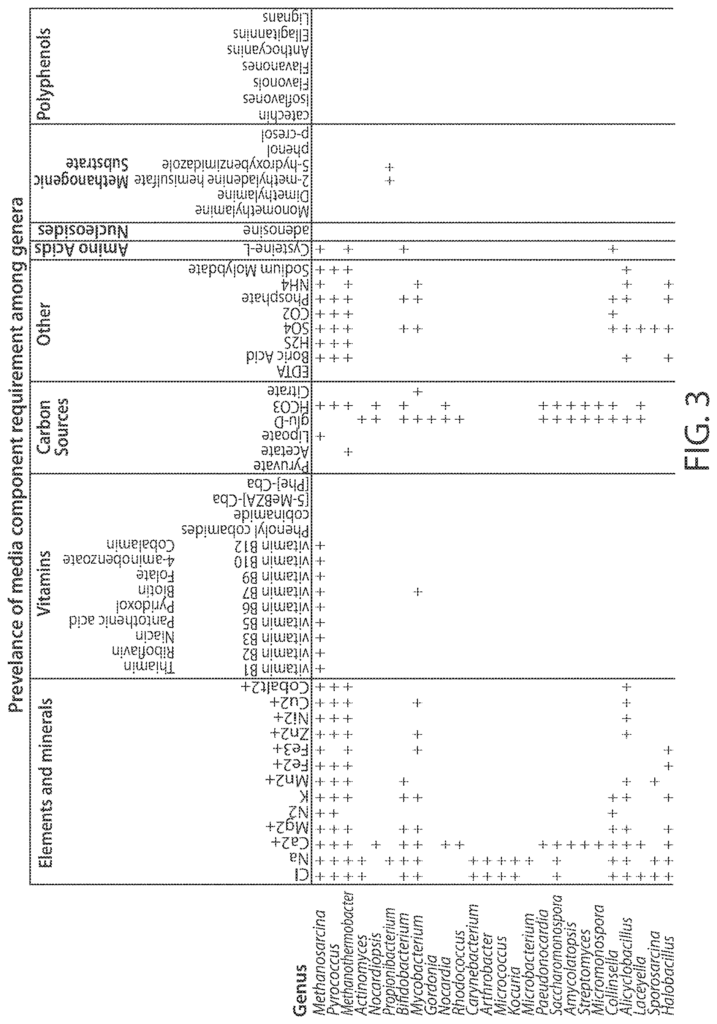
Click here to view the patent on Google Patents.
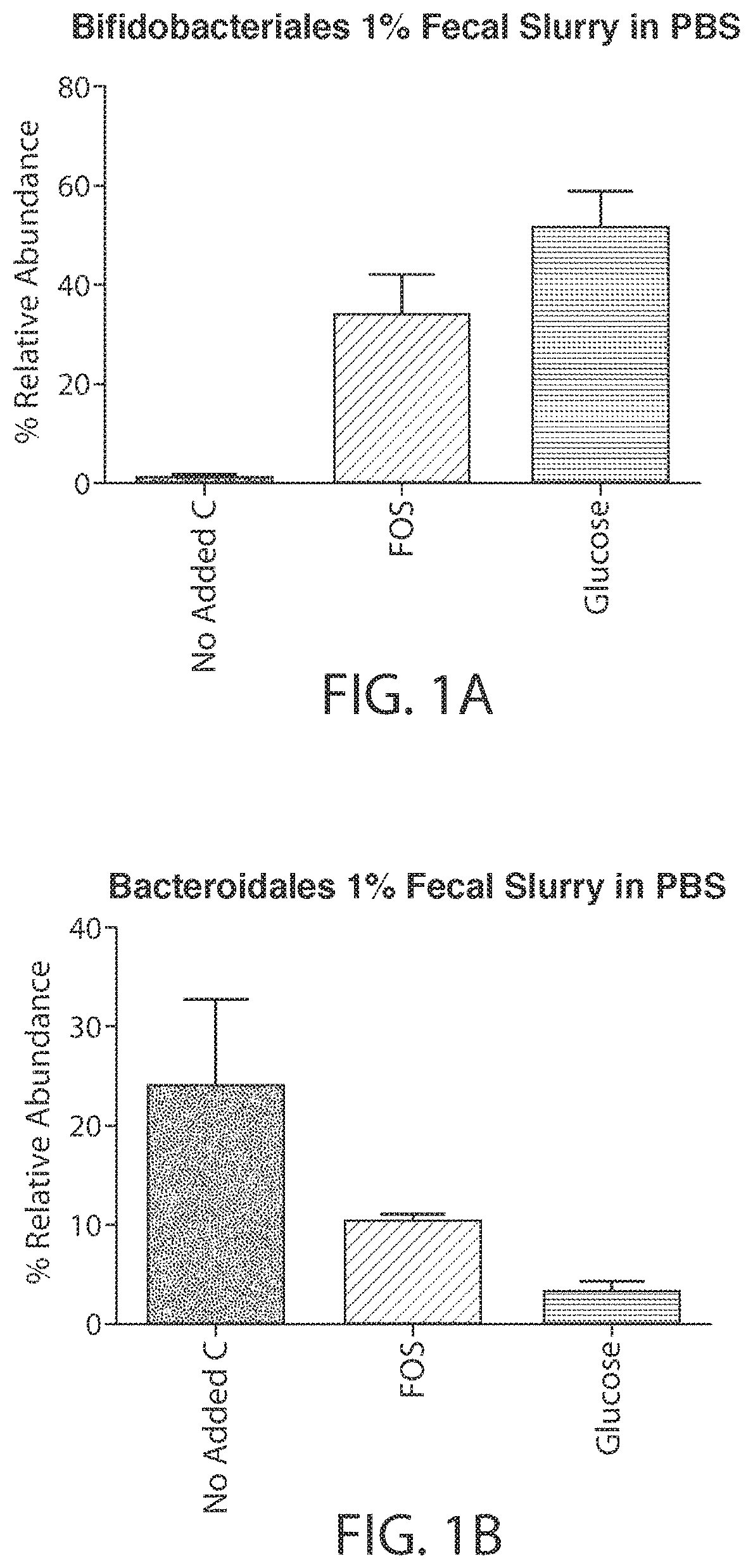
Leave a Reply